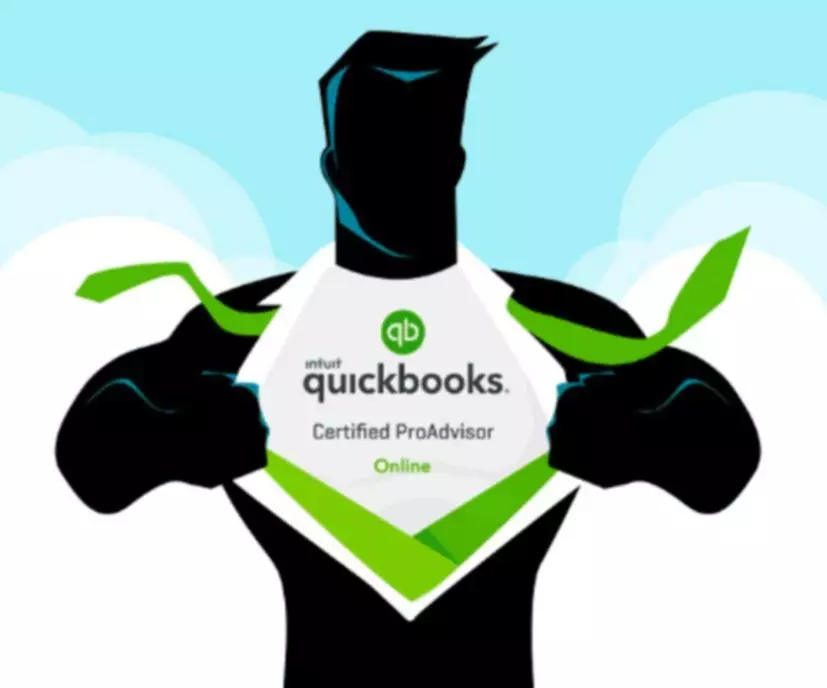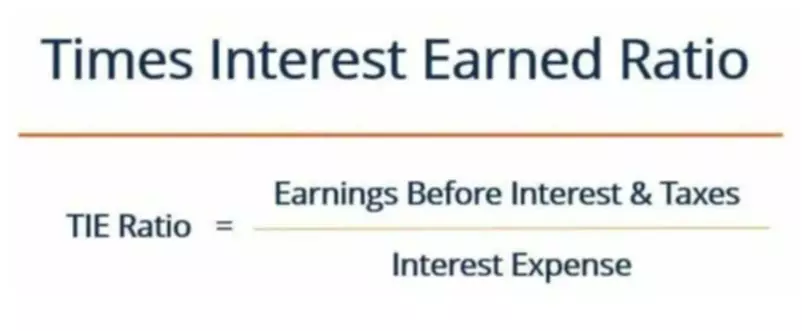
One example is stocks, including common stock and preferred stock. There are also other types of equity, such as paid-in capital and retained earnings. Continually record liabilities as you incur or pay off debts. If you don’t update your books, your report will give you an inaccurate representation of your finances. Even if you’re not an accounting guru, you’ve likely heard of accounts payable before. Accounts payable, also called payables or AP, is all the money you owe to vendors for things like goods, materials, or supplies. Now that you’ve brushed up on liabilities and how they can be categorized, it’s time to learn about the different types of liabilities in accounting.
- Again, liabilities are present obligations of an entity.
- Generally speaking, the lower the debt ratio for your business, the less leveraged it is and the more capable it is of paying off its debts.
- The promise to pay can either be oral or even implied.
- The Balance Sheet deserves its name, moreover, because the balance between left and right sides of the equation always holds.
For example, in most cases, if a wine supplier sells a case of wine to a restaurant, it does not demand payment when it delivers the goods. Rather, it invoices the restaurant for the purchase to streamline the drop-off and make paying easier for the restaurant. We will discuss more liabilities in depth later in the accounting course. Right now it’s important just to know the basic concepts.
Common Types of Liabilities
Non-Current liabilities have a validity period of more than a year. These are liabilities are the ones that are due after one year.
Which accounts are liabilities?
Recorded on the right side of the balance sheet, liabilities include loans, accounts payable, mortgages, deferred revenues, bonds, warranties, and accrued expenses. Liabilities can be contrasted with assets. Liabilities refer to things that you owe or have borrowed; assets are things that you own or are owed.
But if you’re locked into a contract and you need to pay a cancellation fee to get out of it, this fee would be listed as a liability. Some loans are acquired to purchase new assets, like tools or vehicles that help a small business operate and grow. All businesses have liabilities, except those who operate solely operate with cash. By operating with cash, you’d need to both pay with and accept it—either with physical cash or through your business checking account. In most cases, lenders and investors will use this ratio to compare your company to another company. A lower debt to capital ratio usually means that a company is a safer investment, whereas a higher ratio means it’s a riskier bet. No one likes debt, but it’s an unavoidable part of running a small business.
Type 2: Mortgage payable
Unlike assets and liabilities, expenses are related to revenue, and both are listed on a company’s income statement. The equation to calculate net income is revenues minus expenses. Bonds or mortgages can be used to finance a company’s projects. Non-current liabilities are critical to understanding the overall liquidity and capital structure of a company. If companies cannot repay their long-term liabilities as they become due, the company will face a solvency crisis and potential bankruptcy. The balances in liability accounts are nearly always credit balances and will be reported on the balance sheet as either current liabilities or noncurrent (or long-term) liabilities. In general, a liability is an obligation between one party and another not yet completed or paid for.
Liabilities are considered to the money a business owes to other entities implying they are debts. Stockholders’ equity because you collected the cash in advance.
Are expenses liabilities?
She plans on paying off the laptop in the near future, probably within the next 3 months. The $1000 she owes to her credit card company is a liability. A freelance social media marketer is required by her state to collect sales tax on each invoice she sends to her clients. It’s still a liability because that money needs to be sent to the state at the end of the month.
- While expenses and liabilities may seem as though they’re interchangeable terms, they aren’t.
- Surcharge Program Designed to offset your payment processing costs, our surcharge program is both convenient and compliant.
- One of the main differences between expenses and liabilities are how they’re used to track the financial health of your business.
They are an important source of a company’s long-term financing. However the marine construction and https://www.bookstime.com/ were less impacted. Companies eventually must pay more than what they borrowed. Cash paid through interest can hurt a company hard, especially if it is not doing well.
LIABILITIES VS. EXPENSES
Items being held specifically for conversion into cash, such as accounts receivables, etc. Any type of borrowing for improving a business or personal income payable later. liability accounts High debt can lead to a lower credit rating of companies which in turn can deter investment. Unlike shares, companies can maintain ownership and raise finances.

When oil prices plummeted in 2015, high debt oil companies suffered immensely as they were not able to pay annual interest payments amid tough economic conditions. Interest payable – The interest amount paid to the lenders on the money owed, generally to the banks. A Credit BalanceCredit Balance is the capital amount that a company owes to its customers & it is reflected on the right side of the General Ledger Account. Usually, Liability accounts, Revenue accounts, Equity Accounts, Contra-Expense & Contra-Asset accounts tend to have the credit balance. A copywriter buys a new laptop using her business credit card.
According to the accounting equation, the total amount of the liabilities must be equal to the difference between the total amount of the assets and the total amount of the equity. Considering the name, it’s quite obvious that any liability that is not near-term falls under non-current liabilities, expected to be paid in 12 months or more. Referring again to the AT&T example, there are more items than your garden variety company that may list one or two items. Long-term debt, also known as bonds payable, is usually the largest liability and at the top of the list. Many companies purchase inventory on credit from vendors or supplies.
Banks explore reimbursing customers who send money to scam Zelle accounts – Morningstar
Banks explore reimbursing customers who send money to scam Zelle accounts.
Posted: Tue, 29 Nov 2022 13:03:00 GMT [source]

